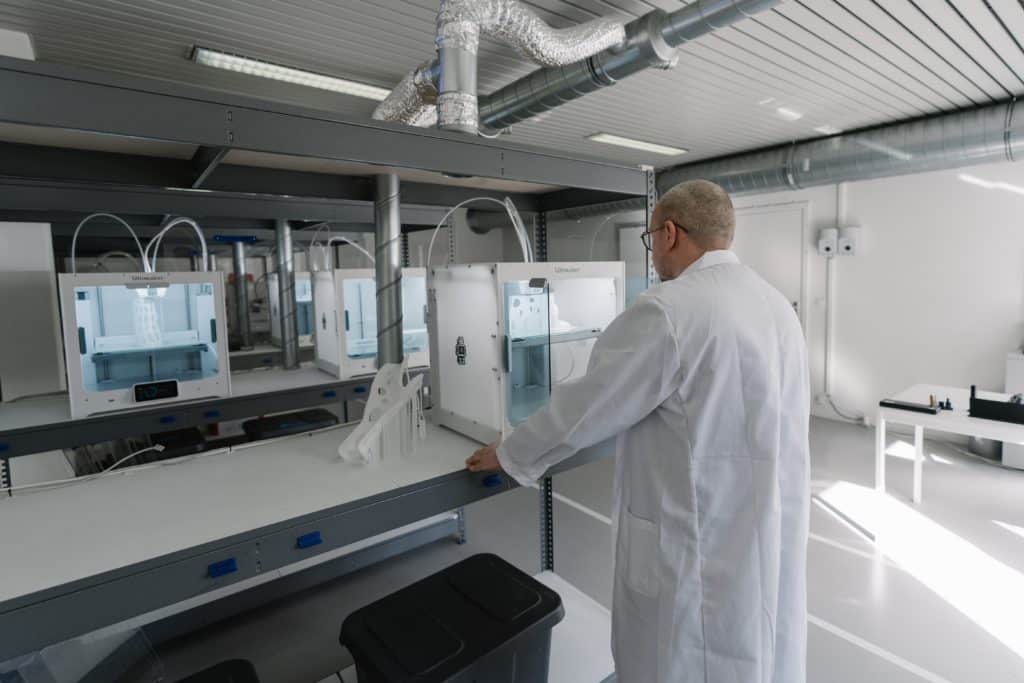Have you heard about 3D printing in dentistry?
The dental industry has continued to become more and more advanced. This is especially true in recent years. Initially, when dentistry first started taking place, it quickly advanced to close to where it’s at in recent years. A lot of the tools have been used in dentist offices for over 200 years.
Yes, they aren’t the same tools, and there have been some advances, but as a whole, the dental industry is due for some new industry-changing products. One such product that Wayzata Dental continually represents and uses throughout our practice is the Solea laser. Laser dentistry is definitely one of the most innovative improvements in dentistry in the past 200 years. But today, we’re here to talk about something that could become the next significant innovation in dentistry, 3D Printing.
How 3D Printing Works

3D printing is a generally new term to come to the world. The idea of owning small machines in your home that can print plastic items at a relatively low cost is something that no one really expected. It seems somewhat futuristic, but 3D printers are starting to become staples in homes as people use them to print toys, models, figurines, and other valuable items.
In the medical world, 3D printers can create parts and pieces that used to take humans hours upon hours to create by hand. Now, instead of first making molds and casting different elements, a 3D printer can quickly and easily create any piece you need.
3D printers work through a software program where an engineer can create a virtual model of what they want to print. If you wish to repeat a past print, all the engineers will have to enter the values or pull up the history. From there, the machine will feed itself plastic to print the object. Note that several various plastics can be used based on what needs to be printed.
Dental 3D Printing

Many different 3D printed items in dentistry can make jobs more efficient and help improve patients’ lives. Here are some of our favorite examples.
3D-Printed Aligners or Retainers
A standard aligner or retainer is a really simple product—just one retainer for the top of your mouth and one for the bottom. These retainers are already made of FDA-safe plastic solutions making it easy to use 3D printing to create them. In the past, when dental teams needed to make these, they would need to cast molds every time. Today they can input the measurements to their laser printer and spin them out in no time at all.
This makes things easier for patients because 3D-printed aligners are significantly cheaper to produce.
3D Printed Implants
Like anything before 3D printing, dental implants needed to be cast and molded and then shaved down by drills to get them just right. Today the manufacturing process is much faster and more accurate by using 3D printers. You don’t have to worry about waiting weeks or even months before your implant is ready. With the right operator, a dental implant can be ready within days or even hours of your visit to the dentist.
3D Printed Dental Crowns
Crowns can be extremely painful procedures, and while there are many alternatives to dental crowns, 3D printing does make dental crowns much easier than they have been in the past. At one time, crowns would take just as long as implants to get in stock, or in some cases, they weren’t even custom to you and your teeth. It was simply a premade tooth that would “best match” your mouth.
A 3D printer used by your dentist can produce the crown you need in just a few minutes. In most cases, dental crowns take several days and more than one visit to finish them. Now your dentist can whip them out quickly, thanks to a 3D printer.
3D Printed Dentures

Dentures of the past needed to be assembled because of the different materials used. For example, the dentures’ teeth are made of one material, and the gums of the dentures are made of another material.
By using a 3D printer, the process of making dentures is dramatically sped up. Advanced 3D printers can print both the teeth and the gum as one unit and produce it significantly faster than traditional practices.
Check Out Our Blog!
Want to learn more about some of the groundbreaking dental technologies of today? Check out our blog! We’re always sharing new ideas and tools that we’re using to improve our patients’ lives.


